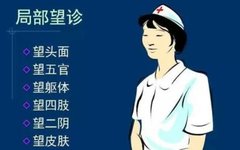TCM Diagnosis – Observation Diagnosis
Local observation diagnosis is based on the overall observation diagnosis, focusing on certain local characteristics of the patient according to the condition and diagnostic needs, to assess the corresponding organ pathology.
Local observation diagnosis consists of six parts: head and face, five senses, body, limbs, two yin, and skin.
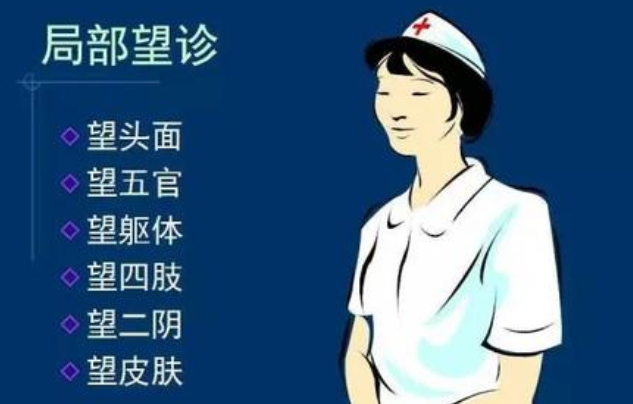
We have previously learned about the specifics of observing the head and face, today we will learn about observation of the body.
The body refers to the trunk of the human body, excluding the head and face; all other parts of the body fall within the scope of the body. The content of body observation includes observation of the neck, chest, abdomen, and back.
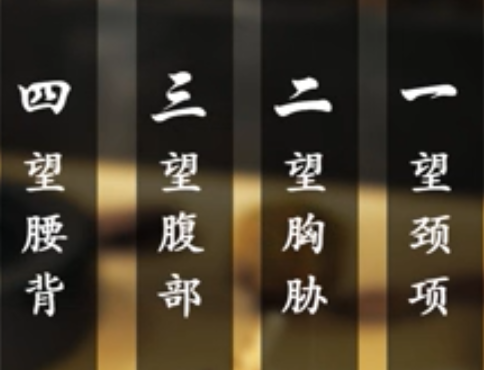
We will divide the content of body observation into two parts; first, we will look at observation of the neck and observation of the chest.

Observation of the Body (Part 1)
(Neck, Chest、Abdomen, Back
(1)Observation of the Neck
【Principle】The neck connects the head and body; it contains the airway, esophagus, spinal cord, and blood vessels, serving as a pathway for clear qi, food, blood, and body fluids; the three yang meridians and the Ren and Du meridians run through the neck.

【Significance】To examine the imbalance of organ qi and blood, and to understand systemic changes.
【Content】External shape, dynamics.
1. External Shape
(1) Normal: The neck is upright, symmetrical on both sides, with the trachea centered, and the carotid pulse is not easily seen when at rest.
(2) Abnormal: See the image below
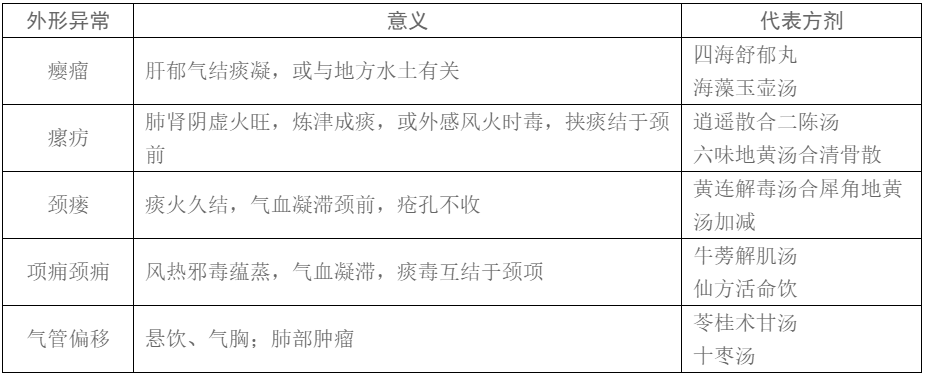
2. Dynamics
(1) Normal: The neck can turn and tilt freely. The range of motion is: 30º rotation to each side, 30º backward, 30º forward, and 45º lateral bending. Women often breathe with chest breathing, while men and children tend to use abdominal breathing.
(2) Abnormal: The main abnormalities of the neck are stiff neck and soft neck.
Stiff Neck:
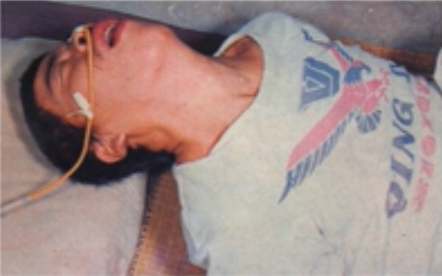
Stiff neck refers to rigidity or tightness in the neck area, mainly caused by invasion of wind-cold affecting the Taiyang meridian, leading to obstruction of qi, or by heat evil attacking upward.
If it occurs after sleep without other symptoms, it is termed wry neck, caused by improper sleeping posture, resulting in cold evil affecting the neck meridians, leading to qi stagnation.
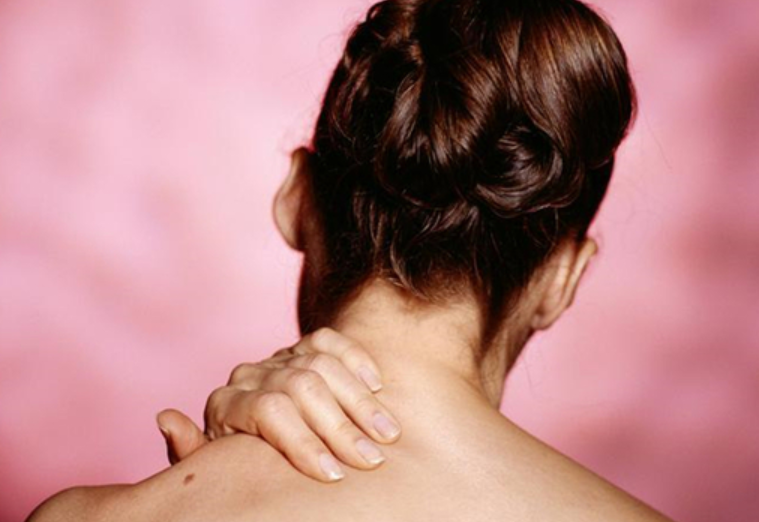
Soft Neck:
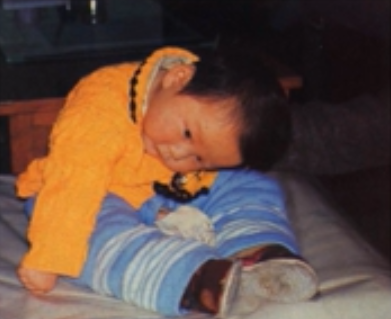
Soft neck refers to weakness in the neck, with difficulty in lifting the head. In children, soft neck is usually related to congenital deficiency, kidney essence deficiency, postnatal imbalance, and developmental issues. It can be seen in children with rickets or cerebral palsy.

(2)Observation of the Chest
【Principle】The thoracic cavity houses the heart and lungs, belonging to the upper jiao, where the gathering of zong qi occurs, and is the area where meridians and blood vessels circulate. The front of the thorax has breasts, belonging to the stomach meridian, and the nipples belong to the liver meridian. The ribs are the area where the liver and gallbladder meridians circulate.
【Significance】To examine heart and lung pathology and the fluctuation of zong qi, as well as breast diseases.
【Content】External shape, pulsation, respiratory movement.
1. External Shape
(1) Normal: The shape is cylindrical and symmetrical on both sides, with a ratio of left-right diameter to front-back diameter of 1.5:1.
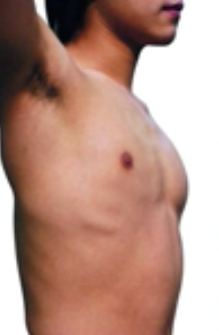
(2) Abnormal:
Abnormalities in the shape of the thorax, such as flat chest, which is characterized by a thorax that is flatter than normal, with the front-back diameter smaller than the left-right diameter, usually seen in individuals with a thin physique, or those with a yin deficiency constitution, or in patients with lung and kidney yin deficiency, and both qi and yin deficiency.
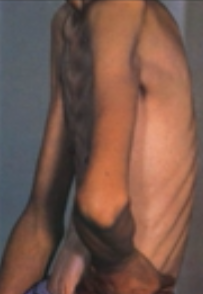
The image below shows barrel chest, characterized by a thorax that is more inflated than normal, with the front-back diameter and left-right diameter being approximately equal, often seen in patients with chronic cough and asthma, indicating lung and kidney qi deficiency, and lung qi stagnation.
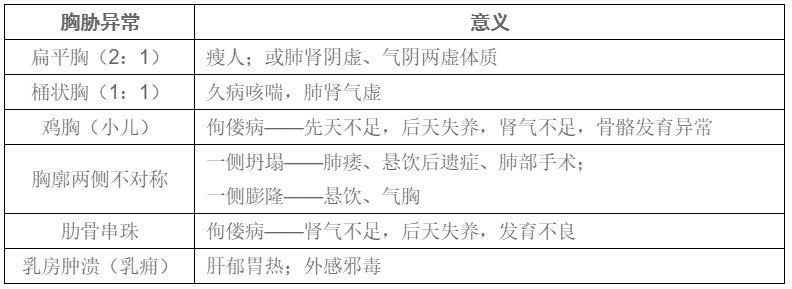
2. Respiratory Movement
(1) Normal: Breathing is even, with a regular rhythm, approximately 16-18 times per minute, with symmetrical and even movement of the thorax.
(2) Abnormal: See the image below

That concludes the content on observation of the neck and chest; tomorrow we will learn about the remaining content of body observation – observation of the abdomen and back. Stay tuned for daily updates to learn to be your own doctor!
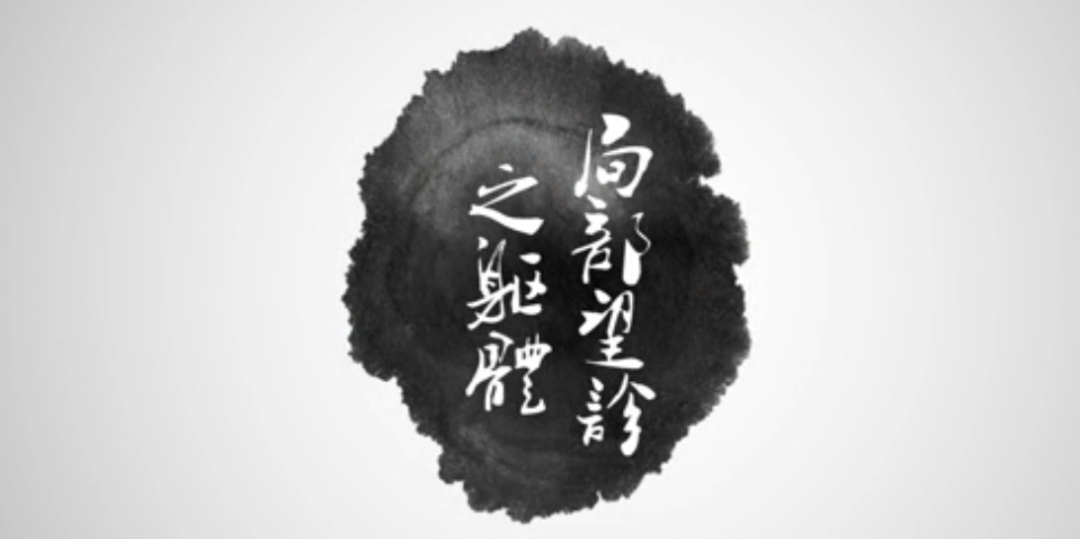

Chinese herbal formulas, meridian points, and pathological differentiation are compared item by item, with clear illustrations.
Long press the QR code to scan and downloadThe Great TCM Encyclopedia, gathering the strengths of many schools and sharing thousands of years of classics.
Click the lower right corner “Looking” and share with more people~


